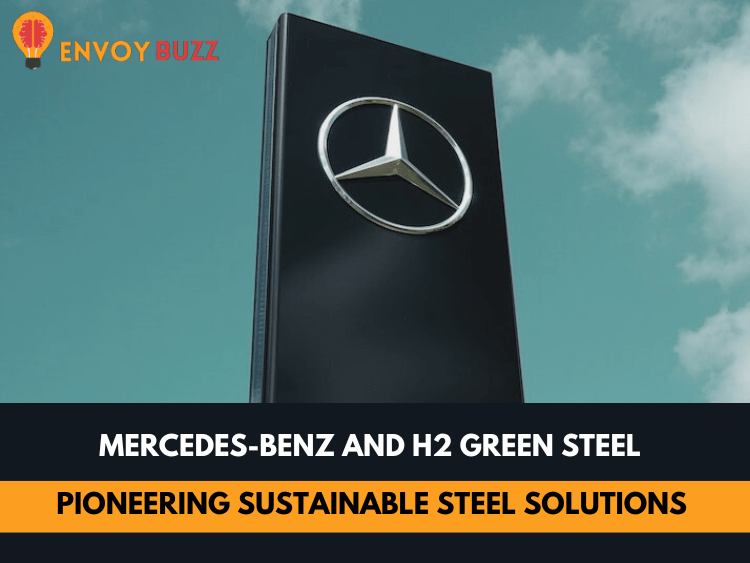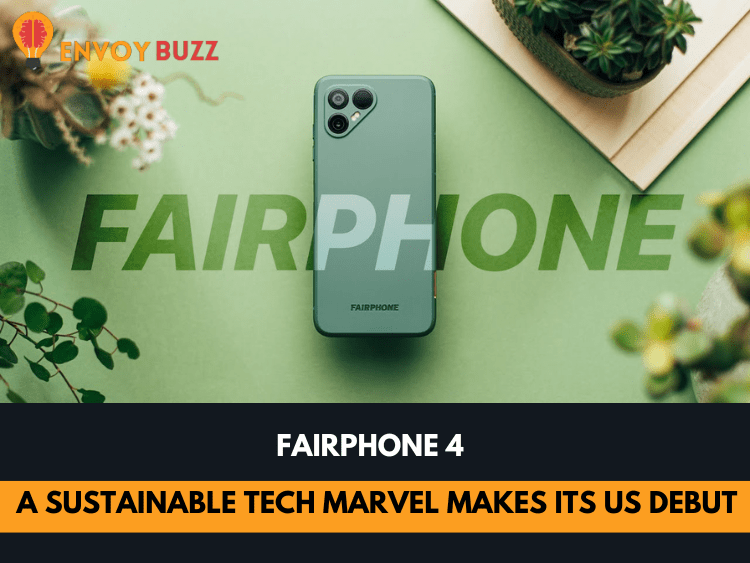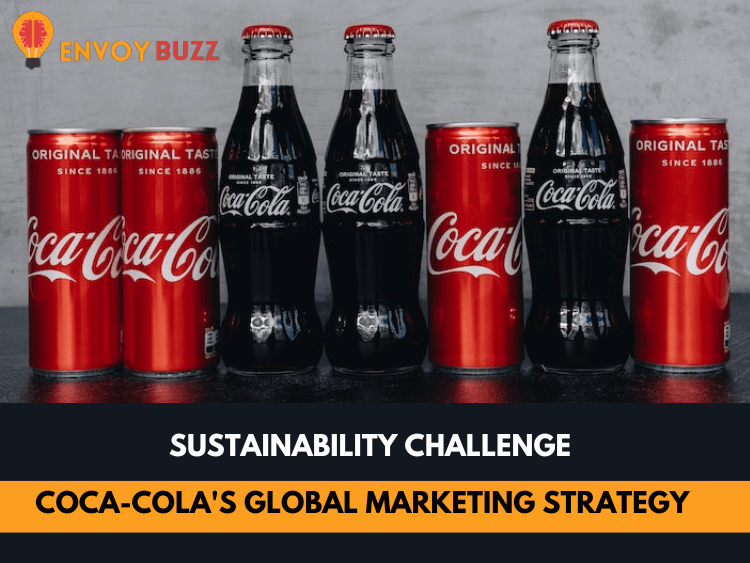Finding stylish and sustainable clothing shouldn’t break the bank. As an advocate for sustainable fashion, I’ve scoured the depths of Amazon to bring you the top 10 affordable and eco-conscious clothing brands. These brands not only prioritize sustainable practices but also offer a wide range of options for both men and women. So, let’s dive into the world of ethical fashion and discover some amazing sustainable clothing brands on Amazon!
Here are our top ten picks for sustainable and affordable clothing brands:
1. Amazon Aware

Amazon Aware, the in-house brand of the retail giant, is a sustainable clothing star. They offer a diverse collection of eco-friendly clothing that combines style and conscience. With carbon-neutral certification and participation in Amazon’s Climate Pledge Friendly program, they actively offset their emissions.
Moreover, Amazon Aware doesn’t stop at clothing. They also provide sustainable options for your home and beauty needs. From trendy pieces to basics like ribbed sweaters and straight-leg denim, Amazon Aware has something for everyone.
Best for: Basics and denims | Size: XXS-7X | Price Range: $-$$
2. Fair Indigo

Fair Indigo brings sustainable comfort to men and women with its soft and eco-friendly clothing. Their use of organic Peruvian Pima cotton ensures luxurious softness and durability that resists pilling and shrinking.
Beyond fashion, Fair Indigo invests in education through the Fair Indigo Foundation, funding teachers’ salaries and providing resources for children in need. By choosing Fair Indigo, you support their mission of transforming communities through education.
With a commitment to fair wages and reducing fabric waste, Fair Indigo creates a positive work environment and embraces slow and quality fashion. Although their sustainable men’s and women’s clothing range may be limited, their focus on comfort and social responsibility makes them an excellent choice for those seeking a stylish and ethical clothing brand.
Best For: Basics and activewear for Men and Women | Size: XS-XXL | Price Range: $-$$ | Shipping: Free
You may also like to read:
3. The North Face

When it comes to technical mountaineering equipment and apparel, The North Face is a brand that stands out. Not only do they offer top-quality gear, but they also prioritize sustainability, making them a perfect choice for outdoor enthusiasts who care about the environment.
What sets The North Face apart is its commitment to circularity. They encourage customers to bring back their old gear for refurbishment or recycling, giving it a new life on the trails.
But it doesn’t stop there. The North Face’s Renewed program takes things a step further by breathing new life into hard-worn garments. By choosing Renewed products, you not only get high-quality gear but also contribute to reducing waste and keeping gear out of landfills.
What’s even better is that The North Face is actively working to eliminate single-use plastic packaging by 2025. They’re committed to minimizing their environmental impact and making outdoor adventures more sustainable.
Best for: technical mountaineering equipment, outwear, and footwear for Men, Women, and Kids | Size: XS-3X | Price Range: $$-$$$
4. G-Star Raw

G-Star Raw is the go-to brand for the best and most stylish denim, offering a wide range of options including jeans, bottoms, jumpsuits, dresses, tops, and shoes. Their commitment to sustainability sets them apart, as they prioritize improving social and environmental impacts.
With a focus on fair and safe working conditions, G-Star Raw ensures the well-being and rights of the people in their supply chain. Their selection of sustainable materials minimizes their impact on the planet, while their innovative designs keep you on-trend.
Additionally, G-Star Raw goes the extra mile by giving back to the communities in the countries where they produce. Through the GSRD Foundation, they provide education and support entrepreneurship through philanthropic efforts. This shows their commitment to making a positive and lasting impact on people’s lives.
While G-Star Raw excels in many areas, one potential drawback is its higher price range compared to some other denim brands. However, the quality, sustainability, and unique designs offered by G-Star Raw justify the investment in a durable and stylish pair of jeans.
Best for: Women (Denim Jeans, bottoms, jumpsuits, dresses, tops, shoes) and Men (Denim Jeans, Graphic shirts, Cargo pants, Sweats) | size: XS-XL | Price Range: $$-$$$
5. PrAna:

Calling all adventurers! If you’re seeking top-notch gear that doesn’t compromise on sustainability, look no further than PrAna.
PrAna sets itself apart by using organic cotton, hemp, and recycled fabrics like polyester, nylon, and cotton in its clothing. But that’s not all. PrAna proudly holds the distinction of being the first North American company with Fair Trade USA-certified products and accessories.
And let’s not forget about their responsible packaging movement. PrAna is on a mission to eliminate single-use plastic, and 100% of its product packaging is plastic-free. Feel good about your purchase from the moment it arrives at your doorstep.
Now, it’s true that PrAna’s commitment to sustainability comes with a slightly higher price tag. But when you consider the quality, durability, and positive impact you’re making, it’s a small investment for unforgettable adventures and a healthier planet.
Best for: outdoor enthusiasts, adventure seekers, and frequent travelers | Size: XS-XXL | Price Range: $$-$$$
6. Pact

Pact is a brand that understands the importance of affordability without sacrificing sustainability. They offer a range of organic clothing for men, women, and children.
Pact takes its commitment to sustainability to the next level with its use of organic cotton. The best part? This organic cotton is free from fertilizers and bleaches, and its production uses a whopping 81% less water. Now that’s what we call fashion with a conscience!
But that’s not all that sets Pact apart. They partner with Fair Trade-certified factories, ensuring that their garments are ethically produced and workers are treated fairly. You can feel good about the clothing you wear, knowing it’s making a positive impact.
Best for: Men, Women and Baby Basics | Size: XS-XXL | Price Range: $-$$
7. Zanerobe:

Zanerobe is a brand that excels in sustainable clothing for men. Their products are crafted with minimal environmental impact, using sustainable materials and practices.
Zanerobe not only keeps its impact on the environment low but also prioritizes community engagement. They have partnered with suppliers to use biodegradable and compostable garment bags, planted thousands of trees through One Tree Planted, and donated clothing to those in need through Thread Together.
In addition, Zanerobe has taken steps to address its carbon footprint by collaborating with DHL to achieve net-zero CO2 emissions in its supply chain. They are actively working towards becoming 100% net zero by 2030.
With Zanerobe, you get more than just sustainable fashion. Their best-selling Sureshot Jogger and Flintlock Tee offer affordability, style, and a conscious choice for the eco-conscious man.
Best for: Menswear (Shirts, sweaters, hoodies, shorts, joggers) | Size: XS-XXL | Price Range: $-$$ | Shipping: Free
8. Majamas Earth

Majamas Earth is the ultimate destination for soft, comfortable, and eco-friendly clothing. Whether you’re a man, woman, mom-to-be, or have a little one, their collection has you covered with ethical and cozy garments.
What makes Majamas Earth stand out is its unwavering commitment to sustainability. They proudly manufacture all their clothing in the United States, reducing carbon emissions associated with long-distance shipping. With fabrics like organic cotton and cotton modal, they provide a luxurious feel while promoting sustainable farming practices.
Majamas Earth goes beyond sustainability by offering clothing free from harmful chemicals, ensuring fair wages, and using ethical production practices. With their soft, comfortable, and eco-friendly garments, you can enjoy peace of mind for both the planet and the people involved in creating them.
Best for: Maternity (Pre-pregnancy, during the baby bump, or nursing fashion), Baby, Men, and Women (fashion, sleepwear, athletic workouts, and Yoga clothes). | Size: S-XXL | Price Range: $-$$
9. Fishers Finery

Fishers Finery is the go-to brand for sustainable sleepwear and loungewear that combines comfort, style, and environmental responsibility. Each piece is thoughtfully crafted using materials like silk, cashmere, organic cotton, and bamboo viscose, ensuring a luxurious feel without compromising the environment.
But Fishers Finery goes beyond style and comfort. With every purchase, they make a positive impact through their partnership with Ecodrive. For every order placed, a tree is planted, offsetting shipping emissions and supporting reforestation efforts.
Their silk sleepwear and pillowcases are not only fashion-forward but also awarded for their sleep-enhancing benefits. Expect improved sleep, reduced frizz, and the prevention of wrinkles.
As a Climate Pledge Friendly brand, Fishers Finery is committed to reducing its carbon footprint. Indulge in Fishers Finery’s sustainable sleepwear and loungewear, knowing that your comfort has a positive impact on the environment.
Best for: Men’s and Women’s sleepwear and loungewear, Bed. | Size: XS-XXL | Price Range: $$-$$$
10. Aventura

Aventura is a family-run business dedicated to providing stylish and sustainable clothing for women. From chic tops and bottoms to stunning dresses, their collection covers both formal and casual events.
Aventura is committed to ethical practices and eco-friendly materials. They partner with Fair Trade Certified™ factories, ensuring fair working conditions. By 2025, they aim to produce 100% of their clothes in Fair Trade-certified facilities. Aventura is also a founding member of the Textile Exchange, upholding sustainability standards and using preferred fibers.
Choose from a range of skirts, capris, crop pants, and sustainable tops that not only look fabulous but also contribute to a greener world. Their dresses are perfect for casual parties, too.
Best for: Womenswear (Tops, Bottoms, and Dresses) | Size: XS-XXL | Price Range: $-$$
Sustainable fashion is no longer a niche trend but a necessary step towards a better future. These top 10 affordable and sustainable clothing brands on Amazon prove that you can dress ethically without compromising on style. By choosing these brands, we can support responsible manufacturing, reduce waste, and make a positive impact on the environment. Together, let’s embrace the power of sustainable fashion and create a more conscious wardrobe for a brighter tomorrow.
Happy shopping, fellow sustainability enthusiasts!
For More such blogs please visit Envoy Buzz






















